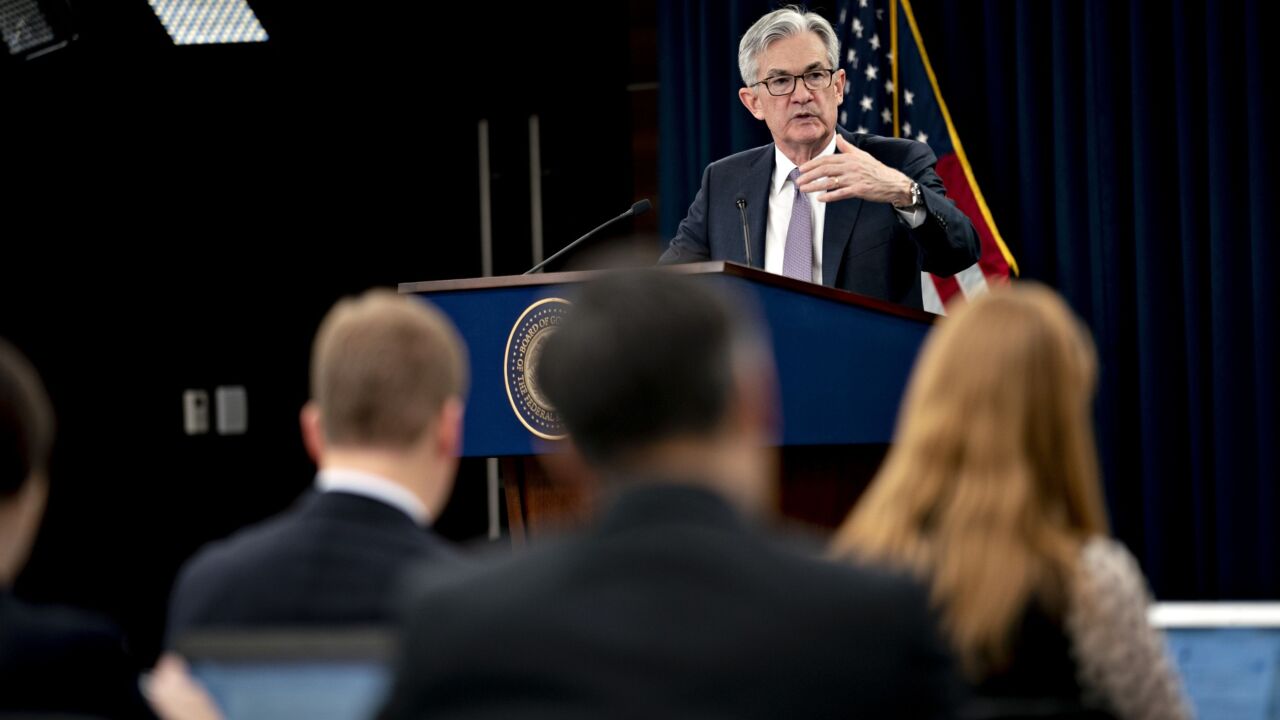WASHINGTON — A top Federal Reserve official expressed some disappointment Wednesday about the extent to which banks have dipped into their capital and liquidity buffers to help bolster the fragile U.S. economy.
Fed Vice Chairman for Supervision Randal Quarles said while "banks really have done a very good job" responding to the COVID-19 pandemic, he would have liked to see them take more advantage of capital cushions built after the 2008 financial crisis to lend during a time of stress.
“All of those cushions on top of the minimums are designed to be cushions, to be used during a period like this, and for the most part, banks haven't done that,” he said during a virtual event held by the Financial Times.
Though Quarles noted he "would have liked to see" more lending activity, he suggested that the lack of more aggressive action by financial institutions may be the result of regulatory incentives established by the Fed rather than decisions by the institutions themselves.

“I think that's more of a systemic problem than a banking problem," he said.
The Fed, along with the Federal Deposit Insurance Corp. and the Office of the Comptroller of the Currency
“One issue that we've talked about globally, not just in the United States, is that in a situation like this, it would be good to see the banks using the buffers of both capital and liquidity that have been baked into the regulatory system to be used at a time like this,” Quarles said.
But he added that it “may be as much our issue as their issue.”
“We're in the process of looking internally within the regulatory system to say, what disincentives have we created in the regulatory system to the use of those buffers that perhaps we can adjust so that the buffers become more usable in a time of stress like this?” he said.
Still, Quarles praised banks for setting aside loan-loss reserves and extending credit as markets seized up in March and April.
The public will get more information on bank capital and liquidity levels before the end of the year. The Fed is conducting its first-ever
The Fed’s stress tests from earlier this year showed that all 34 banks examined would maintain the required levels of capital under several hypothetical economic models of recovery from the pandemic, but that several would have breached the minimum levels in the most severe scenario.




